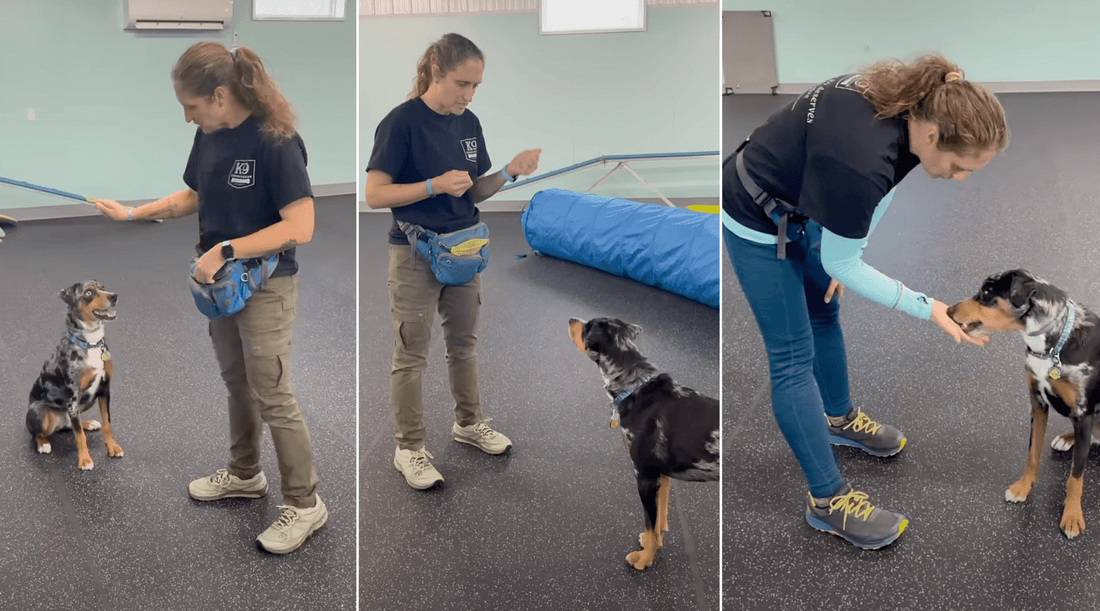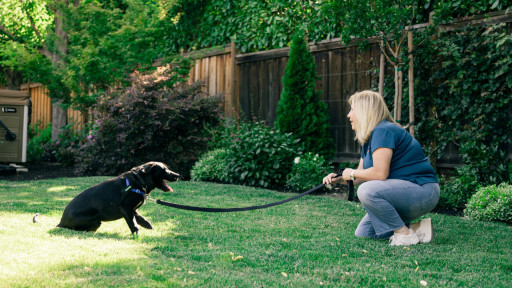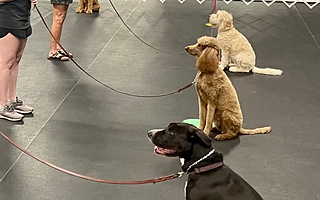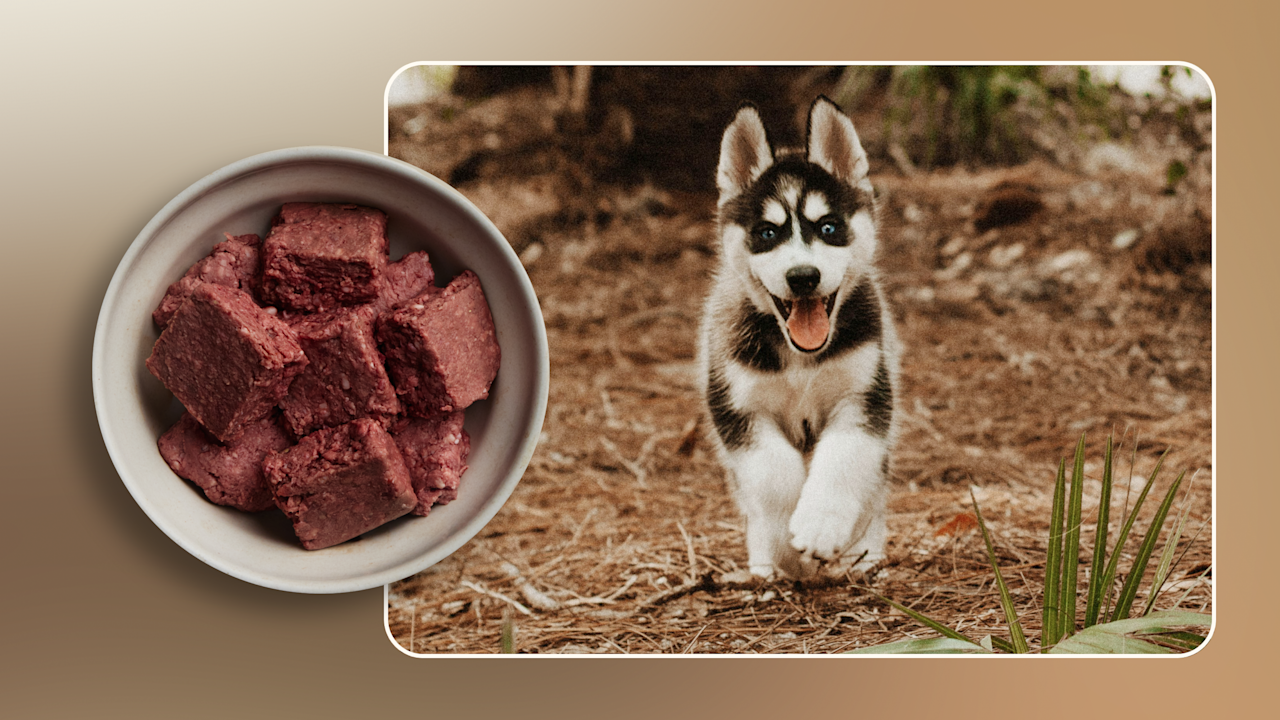Have you ever wished your dog could follow commands perfectly, even in tricky situations? Advanced obedience training for dogs can make that wish come true.
It goes beyond basic commands like sit and stay, helping your dog become more focused, responsive, and well-behaved no matter where you are. Imagine the confidence you’ll feel knowing your dog listens to you every time. If you want to strengthen your bond and enjoy a smoother, happier life with your furry friend, keep reading.
This guide will show you exactly what advanced obedience training is and how it can transform your dog’s behavior.

Credit: www.houstondogworks.com
Basics Of Obedience Training
Understanding the basics of obedience training is crucial for nurturing a well-behaved dog. It sets the foundation for advanced training, where your dog can learn more complex commands and behaviors. The goal is to foster a harmonious relationship between you and your furry companion, making everyday interactions smoother and more enjoyable.
Key Commands Every Dog Should Know
Teaching your dog key commands like sit, stay, and come is essential for their safety and your peace of mind. Imagine being able to call your dog back during a walk if they start chasing a squirrel. The “leave it” command can prevent them from eating something harmful. These commands are not just tricks; they are vital tools for everyday life.
Importance Of Consistency
Consistency is the cornerstone of successful obedience training. Your dog needs to understand that commands mean the same thing every time. If you sometimes allow jumping on furniture but other times scold them, it creates confusion. A consistent approach helps your dog learn faster and builds trust between you both.
Choosing The Right Training Tools
Using the right training tools can make a significant difference in your dog’s progress. Tools like clickers, treats, or even specific collars can enhance communication and reinforce positive behavior. When I started using a clicker, my dog responded much quicker to commands. Have you found a tool that works wonders for your dog?
Elements Of Advanced Training
Advanced obedience training builds on basic commands and focuses on higher-level skills. It improves your dog’s reliability in many situations. The key elements include teaching control without a leash, handling distractions, and managing impulses. These skills make your dog safer and more responsive.
Off-leash Control
Off-leash control means your dog obeys commands without a leash. This skill requires strong trust and clear communication. Training starts with a leash but gradually shifts to no leash. Your dog learns to come, sit, stay, and heel on command anywhere. Reliable off-leash control keeps your dog safe outdoors.
Distraction Proofing
Distraction proofing teaches dogs to focus despite distractions. Your dog learns to obey commands even with noises, people, or other animals nearby. Training uses gradual exposure to distractions in a controlled way. This helps dogs ignore interruptions and follow your instructions every time.
Impulse Control Techniques
Impulse control helps dogs resist urges and stay calm. Techniques include waiting for permission before acting and delaying gratification. Your dog learns to control excitement, jumping, or chasing. These skills reduce unwanted behaviors and improve manners in different settings.
Training Methods And Approaches
Training methods and approaches shape how dogs learn and respond. Each method has a unique way to teach commands and behaviors. Understanding these approaches helps trainers pick the best fit for their dog’s personality and needs.
Positive Reinforcement
Positive reinforcement rewards good behavior immediately. It uses treats, praise, or toys to encourage actions. Dogs learn faster when they connect behavior with rewards. This method builds trust and strengthens the bond between dog and owner.
Clicker Training
Clicker training uses a small device that makes a clicking sound. The click marks the exact moment a dog does something right. It helps dogs understand which behavior earns a reward. Consistent clicks paired with treats make learning clear and quick.
Balanced Training Approach
The balanced approach combines rewards and corrections. It uses both positive reinforcement and gentle discipline. This method aims to guide dogs with clear rules and rewards. Trainers adjust techniques based on each dog’s response and temperament.

Credit: m.facebook.com
Behavioral Challenges And Solutions
Behavioral challenges in dogs can often feel overwhelming and frustrating. Advanced obedience training is designed to tackle these issues head-on, offering practical solutions that improve both your dog’s behavior and your relationship. Understanding the root of these behaviors helps you apply targeted techniques that bring lasting change.
Addressing Aggression
Aggression in dogs can appear as growling, snapping, or even biting. Identifying triggers is crucial—these might include fear, territorial instincts, or resource guarding. By using controlled exposure to these triggers combined with positive reinforcement, you teach your dog to respond calmly instead of aggressively.
For instance, if your dog shows aggression toward visitors, gradually introduce strangers in a controlled and calm environment. Reward your dog for relaxed behavior and slowly increase the exposure. This step-by-step approach reduces fear and builds trust, preventing aggressive outbursts.
Managing Anxiety
Anxiety can show up as pacing, whining, or destructive behavior. Understanding what causes your dog’s anxiety—such as separation, loud noises, or new environments—allows you to create a plan to ease their stress. Techniques like desensitization and counter-conditioning help your dog feel safe and secure.
Try setting up short departures if separation anxiety is an issue, rewarding calmness when you return. Using calming signals such as gentle touch and consistent routines also helps your dog settle. Have you noticed how small changes in your behavior can dramatically reduce your dog’s anxiety?
Correcting Excessive Barking
Excessive barking can disturb your peace and signal underlying issues like boredom, fear, or attention-seeking. First, observe when and why your dog barks excessively. Then, teach an alternative behavior, such as “quiet,” using treats and praise when your dog stops barking on command.
Providing enough physical and mental exercise reduces boredom-related barking. If your dog barks at passing cars, use distraction techniques and reward calmness. What if teaching your dog to be silent could be your next training goal?
Practical Tips For Success
Advanced obedience training can be challenging but rewarding. Success depends on clear planning and consistent effort. Here are practical tips to help you stay on track and get the best results with your dog.
Setting Realistic Goals
Think about what you want your dog to achieve in training. Setting small, clear goals makes progress easier to see and keeps both you and your dog motivated.
Instead of aiming for perfect off-leash recall right away, try mastering it in a quiet backyard first. This step-by-step approach prevents frustration and builds confidence.
Building A Training Schedule
Consistency matters more than long sessions. Short, daily training times work better than occasional long ones.
Create a schedule that fits your lifestyle, whether it’s 10 minutes after breakfast or before your evening walk. Keep sessions fun and focused to hold your dog’s attention.
- Mix commands your dog knows with new challenges.
- Use different locations to generalize skills.
- Include breaks for play and praise.
Monitoring Progress And Adjustments
Track your dog’s improvements and note any difficulties. This helps you understand what works and what doesn’t.
If your dog struggles with a command, slow down and repeat earlier steps. Adjust your methods based on your dog’s mood and energy levels to keep training positive.
Ask yourself: Are you celebrating small wins? Recognizing these moments keeps you both encouraged and engaged.
Benefits Of Advanced Obedience
Advanced obedience training offers more than just basic commands; it transforms your dog’s behavior and your daily life together. The benefits go beyond simple tricks, impacting your dog’s safety, your relationship, and how your pet interacts with the world. Understanding these advantages can help you decide why taking your dog’s training to the next level is worth the effort.
Enhancing Dog’s Safety
Advanced obedience equips your dog with critical skills that can prevent accidents and dangerous situations. Commands like emergency recall and controlled leash walking can stop your dog from running into traffic or approaching harmful objects.
Imagine your dog responding instantly to your call at a busy park, avoiding potential hazards. This kind of control isn’t just convenient—it can save your dog’s life.
Strengthening Owner-dog Bond
Training beyond basics deepens communication between you and your dog. As you work through more complex commands, your dog learns to trust your guidance and respect your leadership.
This process creates a shared understanding that builds a stronger emotional connection. Have you noticed how your dog seems more eager to please and happy after a good training session?
Improving Social Interactions
Dogs trained in advanced obedience handle social situations with greater ease. They learn to stay calm around other dogs and people, which reduces stress and prevents aggressive or fearful reactions.
This makes outings to dog parks, family gatherings, or busy streets more enjoyable for everyone. Wouldn’t you want your dog to be a welcome guest wherever you go?

Credit: dgdogtrainner.in
Frequently Asked Questions
What Is Advanced Obedience Training For Dogs?
Advanced obedience training builds on basic commands, teaching dogs complex tasks. It improves focus, control, and social skills. This training enhances a dog’s behavior in various environments, making them more reliable and responsive to their owner’s commands.
How Long Does Advanced Obedience Training Take?
The duration varies by dog’s age, breed, and learning pace. Typically, it takes several weeks to months. Consistent practice and positive reinforcement speed up progress. Regular sessions ensure mastery of advanced commands and behaviors.
What Commands Are Taught In Advanced Training?
Advanced training includes commands like “heel,” “stay,” “place,” and “recall” with distractions. Dogs learn off-leash control, impulse control, and complex task sequences. These commands improve safety, communication, and the dog’s ability to follow instructions in real-life situations.
Why Is Advanced Obedience Training Important?
It strengthens the dog-owner bond and ensures better behavior. Advanced training helps manage difficult behaviors and increases safety in public. It prepares dogs for specialized roles like therapy, service, or competitive sports.
Conclusion
Advanced obedience training helps dogs learn useful commands clearly. It builds strong trust between you and your dog. Dogs become more confident and better behaved daily. Training sessions also create fun bonding moments together. This training suits many dogs and owners alike.
Start with small steps and stay patient always. The effort pays off with a happy, well-trained pet. Keep practicing regularly for lasting good behavior. Advanced obedience training brings peace to your home. Simple, consistent work makes a big difference.







